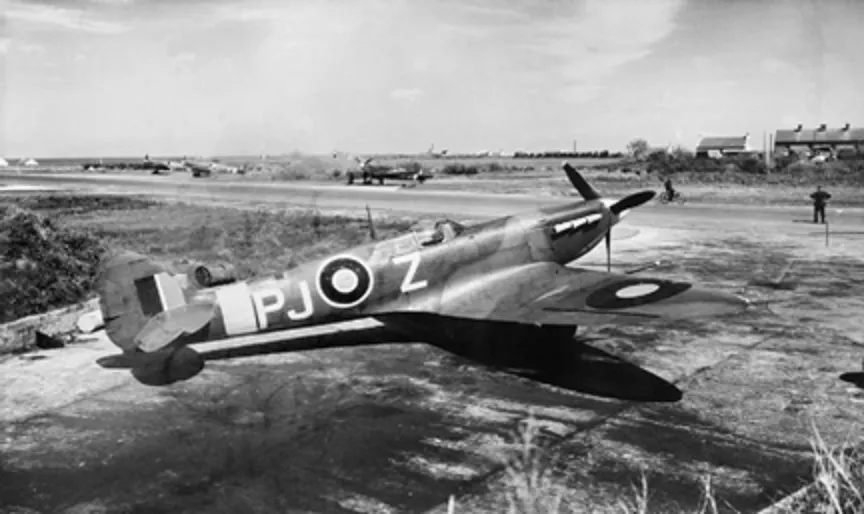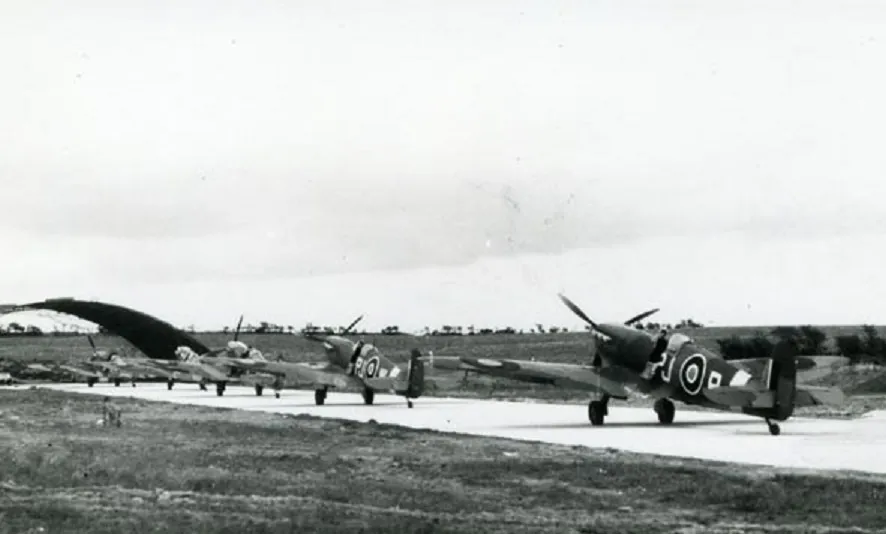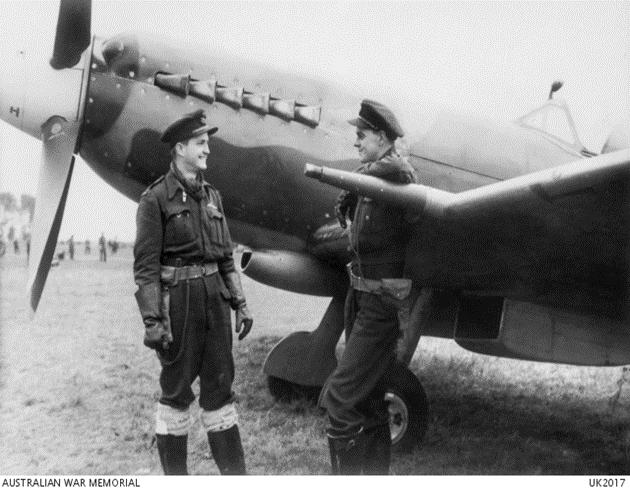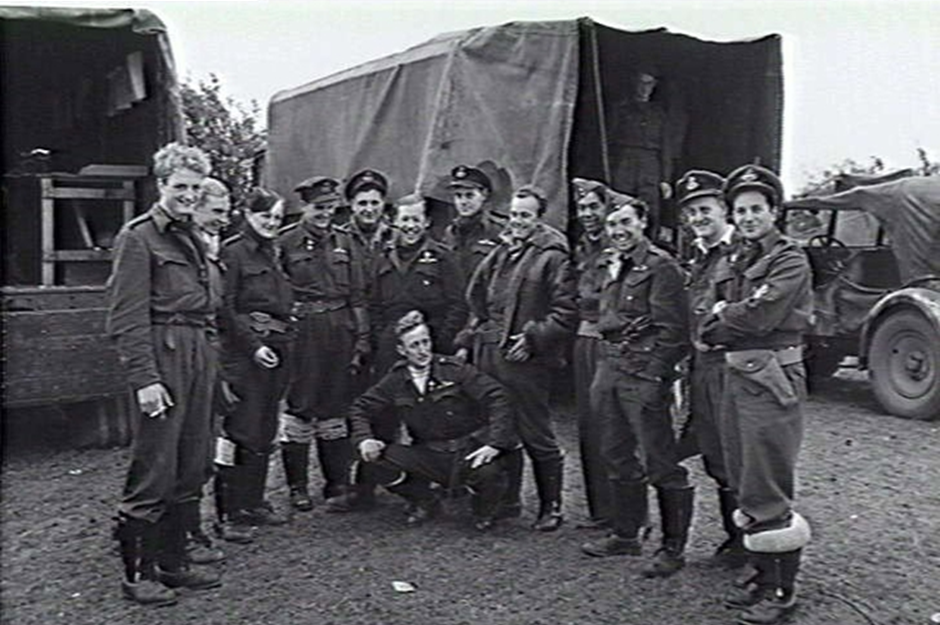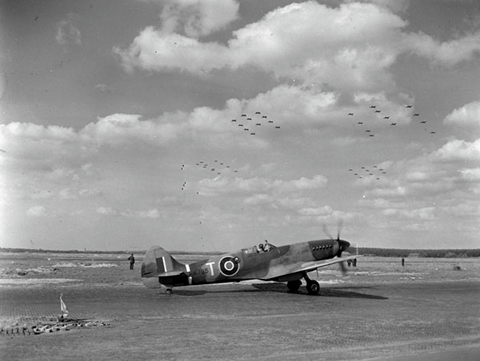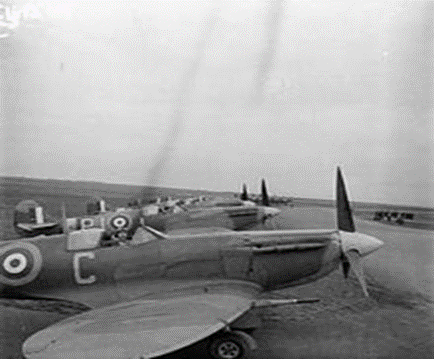No 130 Squadron RAF
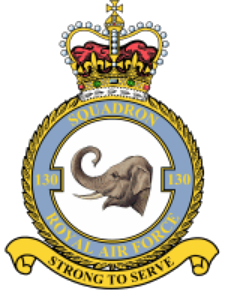


No. 130 Squadron RAF reformed on 20 June 1941 at Portreath with Spitfires as a fighter Squadron and became operational on 21 July. Sweeps over north-west France, convoy patrols off Cornwall and Devon and local air defence duties occupied the Squadron until March 1943, when it moved to Scotland for a month before becoming based in northern Ireland. In July it returned to England and resumed offensive operations on 19 August for a month, moving north again to first to Yorkshire and later to Scotland and northern England. On 13 February 1944, the Squadron disbanded.
On 5 April 1944, No. 186 Squadron at Lympne was renumbered 130 Squadron and its Spitfires continued their missions over northern France. In August the Squadron converted to Spitfire XIVs to counter the flying-bomb attacks on southern England. At the end of September it moved to the Low Countries for armed reconnaissance sweeps over Germany. Attacks on enemy transport and airfields continued until the end of the war when the Squadron changed to Spitfire IXs. By the end of May 1945 No. 130 had moved back to Scotland and on 20 June it moved to Norway. The Squadron then moved back to the UK in November and took up its permanent base at Odiham in July 1946. In October 1946 the Squadron converted to Vampires but was renumbered No. 72 Squadron on 1 February 1947.
